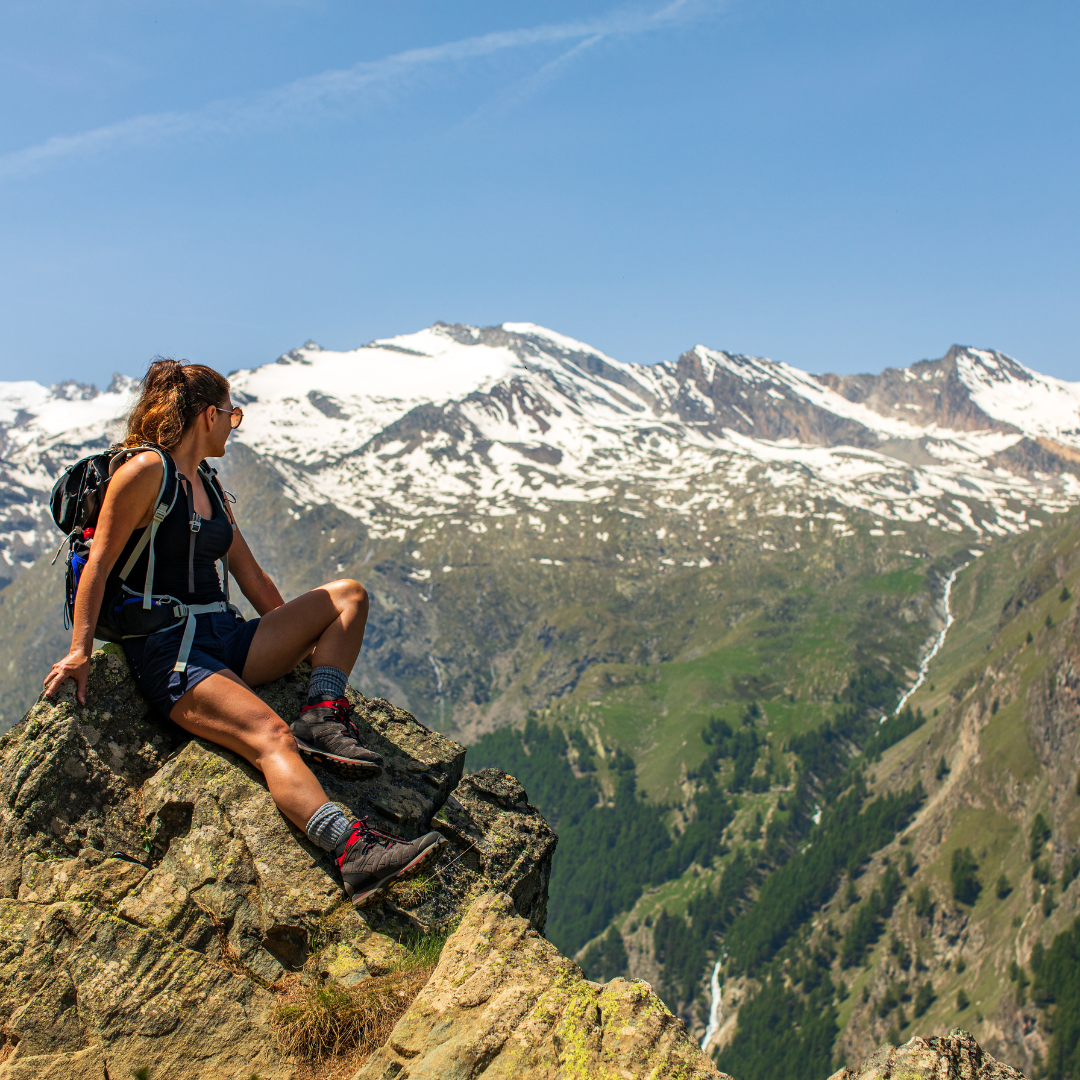Hiking is a great way to get in some exercise and see the great outdoors.
Whilst it can be a highly beneficial physical activity, you do need to be prepared for all types of weather conditions to make sure that you can hike safely no matter where you go.
What you decide to wear hiking will set how your hike will turn out, so whether you are planning on some summer hiking or cold weather hiking, you need to have the right hiking clothing that will give you that comfort and protection you need for a great experience.
Today we will go into what you need to wear hiking and how that will help you with your backpacking trip or day out.
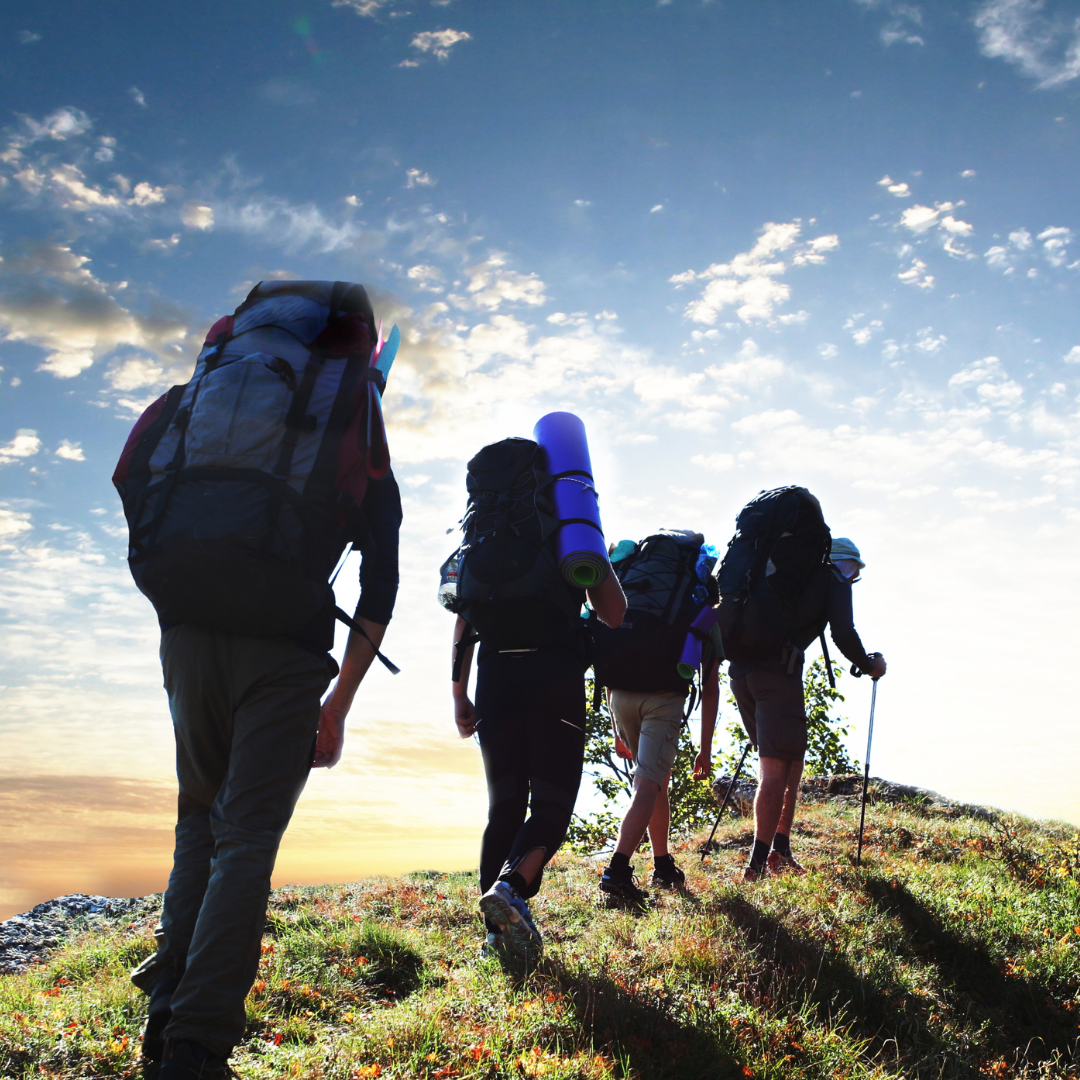
What You Need to do Before Going Hiking
Before you put on your hiking outfit and set out, you need to think about a few things beforehand to make sure that you are prepared and ready for your trip.
Check The Weather
Whether you are winter hiking or summer hiking, the weather conditions will change at the drop of a hat, so there is no use checking the weather patterns a week beforehand, it would be best to double-check on the day, and understand that high elevations and summits tend to be colder and a lot windier.

Prepare for the worst
It may seem frustrating to lug around extra layers such as hiking pants and hiking socks, but just think about how cold you may get if you didn’t have them.
Your hiking clothes are important, so overprepare yourself to keep safe.
Sunny Weather
If you are expecting hot weather, for example, you are hiking between June and July, then remember to always bring sun protection with you and keep reapplying as the day goes on.
Even with high winds, you can find yourself sunburnt.
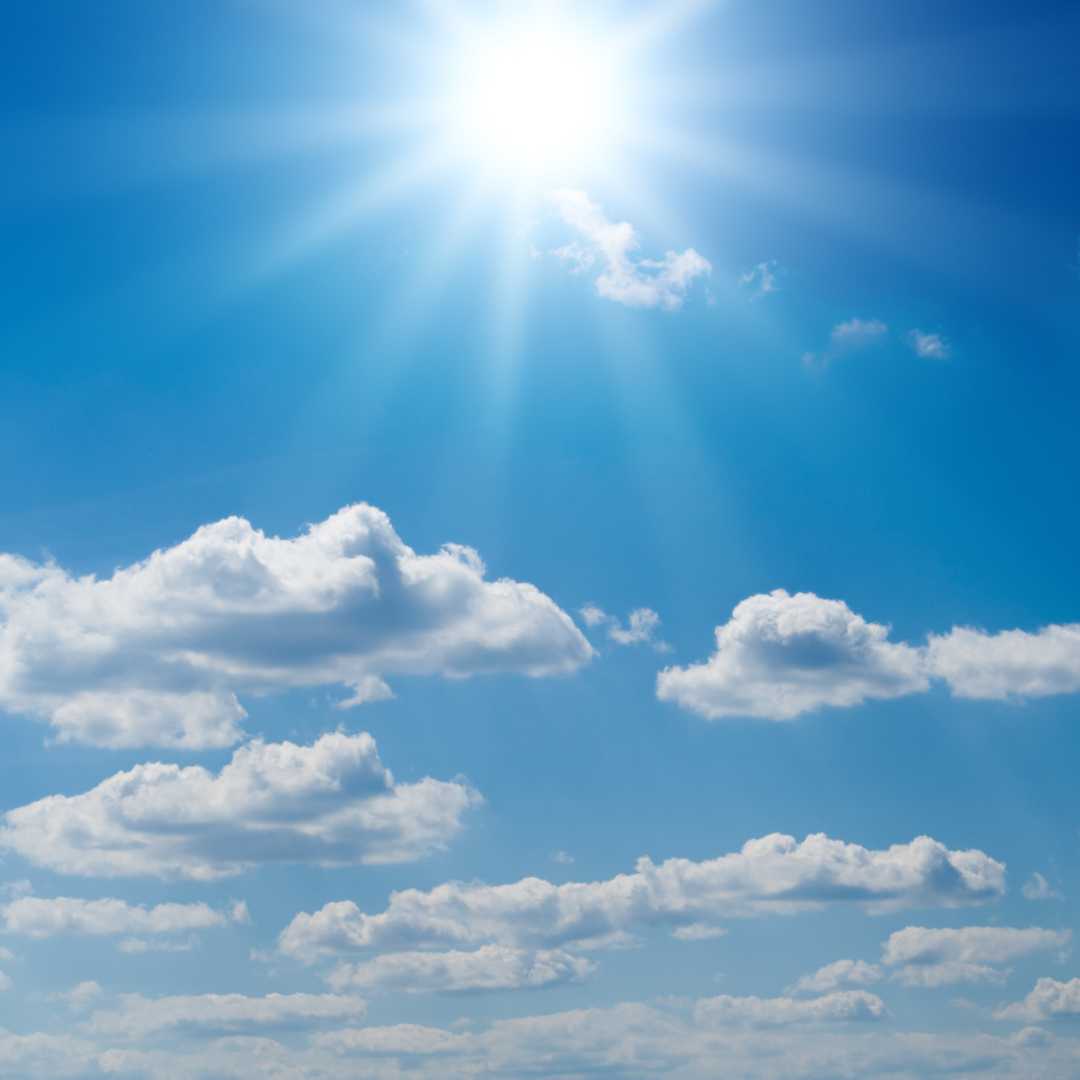
Dress in Layers
Layering your hiking clothes with materials such as merino wool that will help with keeping your skin breathing as well as being odor resistant and moisture wicking to help with wicking sweat away is important when it comes to hiking outside.
You can always take layers on and off depending on the temperature without compromising on your health.
Start with a moisture-wicking t-shirt then add warmer layers as you go, such as a long-sleeved hiking shirt, a rain jacket, or a lightweight puffy down jacket, if you need the extra warmth on top.

Think About Your Shoes
The same goes for your hiking footwear.
Ensure that your hiking shoes/hiking boots are sturdy and of good quality as well as breathable and the right size so your feet do not pinch.
The shoes should also have a good grip, so that you don’t slip and fall. Buying high-quality hiking shoes from a brand like salewa (or a similar seller) would be a good bet to improve your hiking experience.
Equally important is layering your socks, as this could significantly enhance comfort on the trail. Start with lightweight socks that wick moisture away from your feet, then add thicker socks for warmth and cushioning as needed.
This layering technique helps keep your feet dry, comfortable, and supported throughout the hike. For added comfort, consider mohair socks available from websites like thecambridgesockcompany.com, which typically offer excellent insulation and moisture-wicking properties.
Moreover, while some hikers prefer trail running shoes or hiking sandals, it’s important to select the footwear and sock combination that best suits your needs and the terrain you’ll be exploring. For beginners, especially, traditional hiking boots often offer the extra support and protection necessary for a safe and comfortable hike.
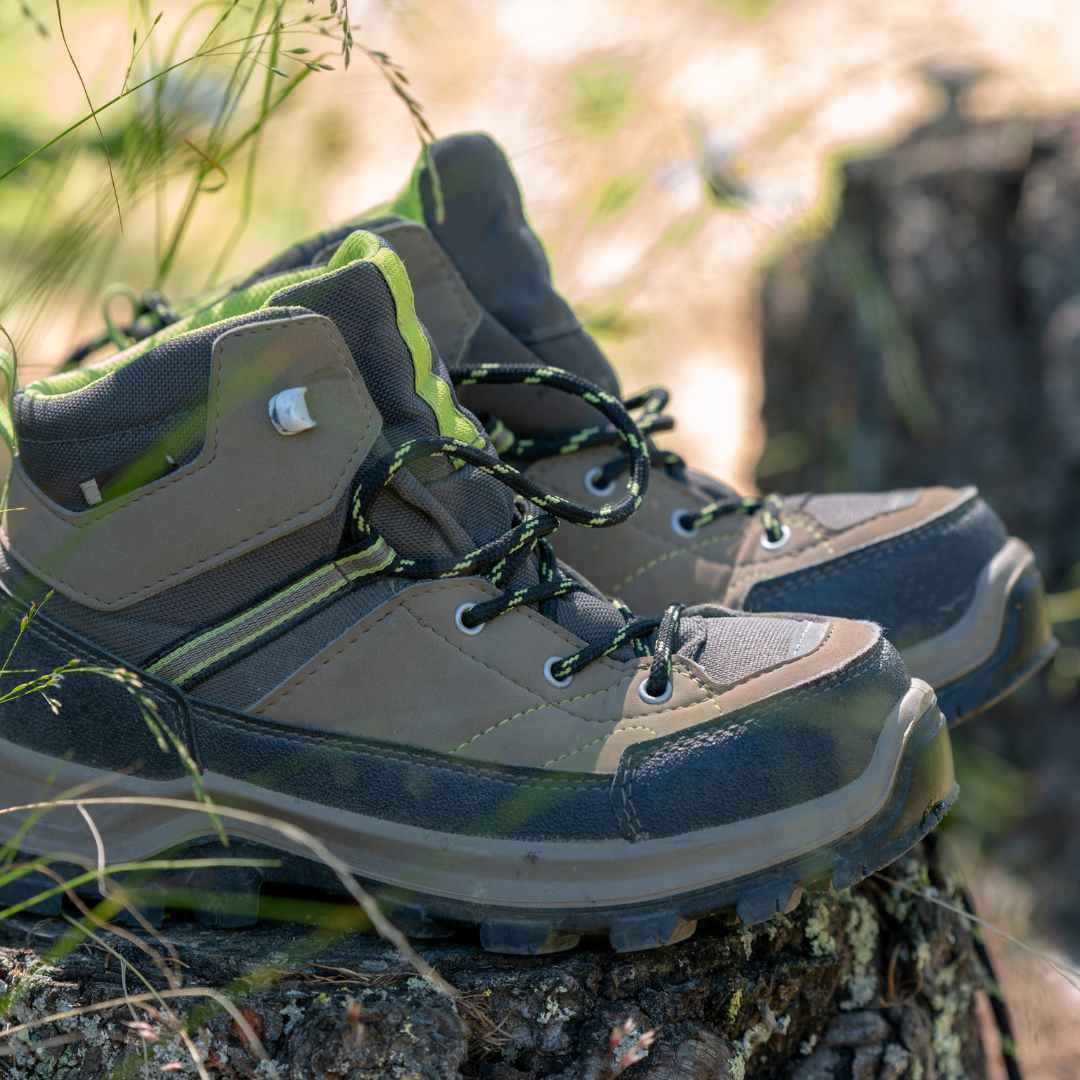
Choose Synthetic Fabrics
You may think that cotton is a good choice to wear hiking, but in fact, it can lock in moisture to your body and cause discomfort, that is why hiking shirts, hiking shorts, and hiking underwear even, should be made from fabrics such as polyester nylon to stop you from feeling damp and cold when you sweat.
If you have a long sleeve top over an underlayer, it doesn’t have to be synthetic as it is not close to your body, the same with rain pants as that will be an outer layer on top of a base layer, but it is really your choice.
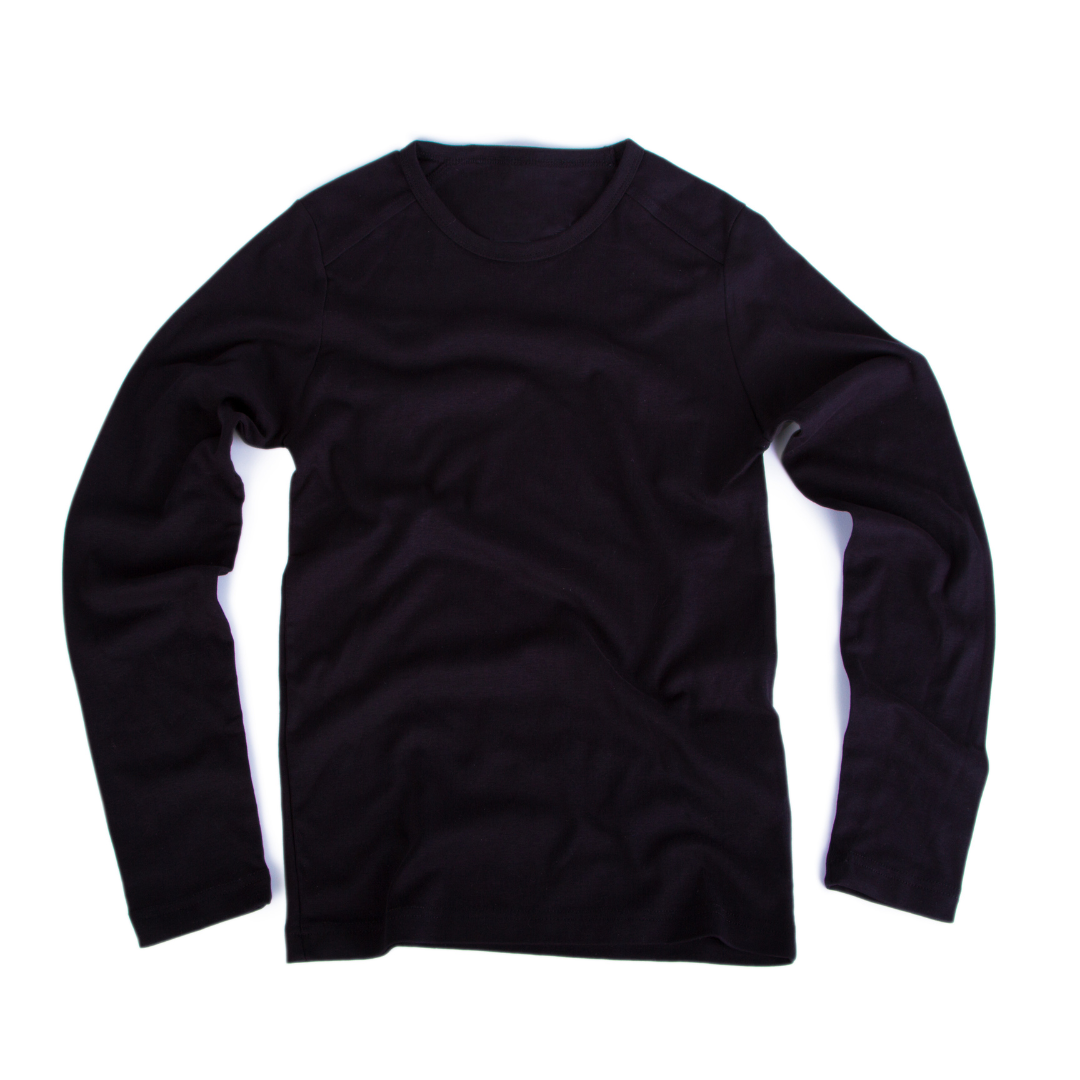
What to Wear For Hiking
Now that you know what you need to take into consideration before hiking, below are some of the best hiking clothes that should help you get everything together for your next trip.
Hiking Tops
Regular t-shirts do not cut it when you go hiking, you want to go for athletic tops instead of traditional cotton ones, as previously mentioned, they will not be good for when you sweat and can make you highly uncomfortable as the day goes on.
Avoid wearing tank tops or short tops as your backpack straps can chafe your shoulders causing a lot of pain and soreness which may make you stop.
Always ensure that you have an extra long sleeve shirt in your backpack just in case you do need to add another layer on.
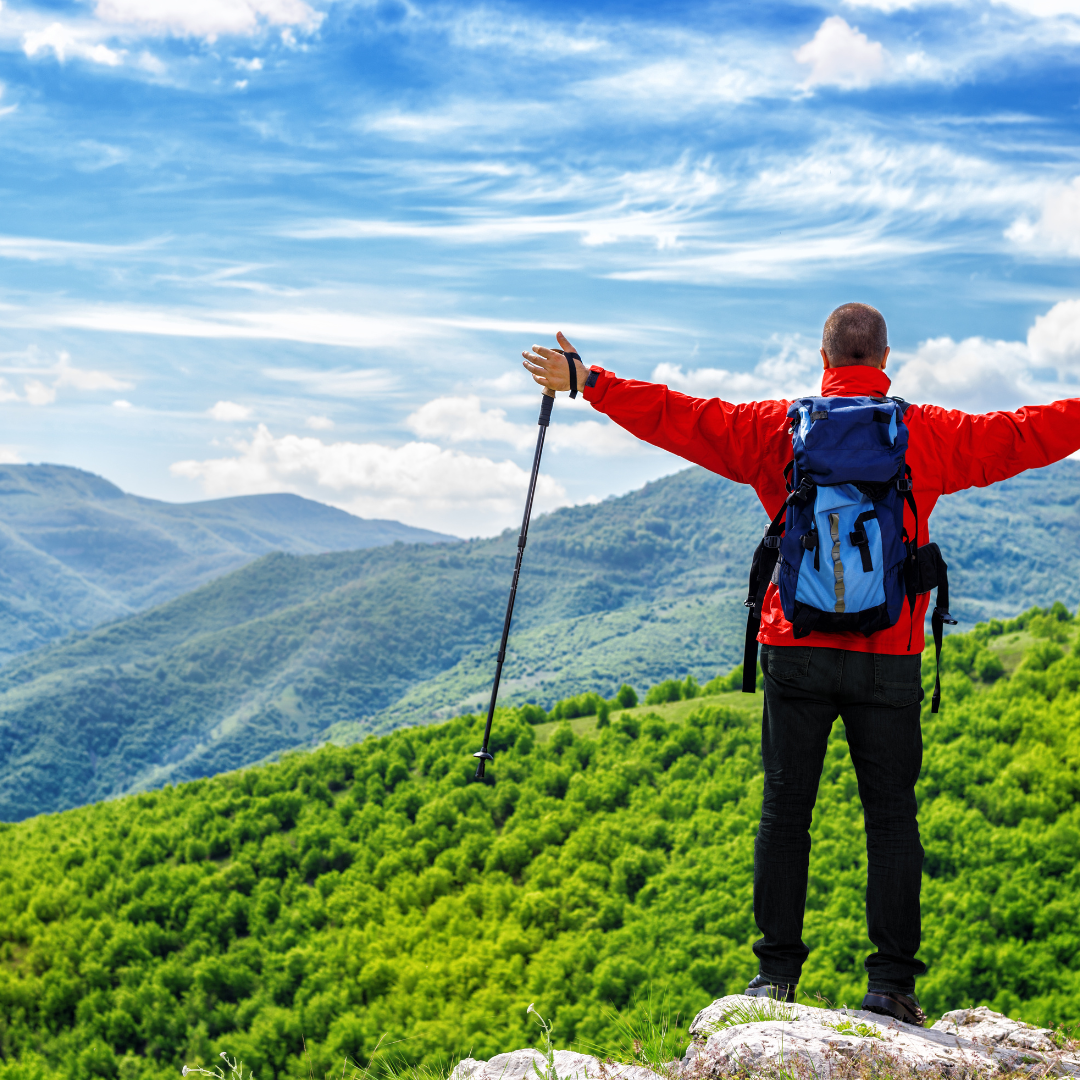
Fleece Jacket
A clothing layer is not complete without a mid-layer such as a fleece jacket or a lightweight puffy jacket.
They can trap in the heat to make you feel cozy and they may be best for when you are going downhill as your body temp is calming down for the exertion of going upwards.
So if you do not want to catch a chill as you cool down, a fleece may be the best mid-layer item for you at this time.
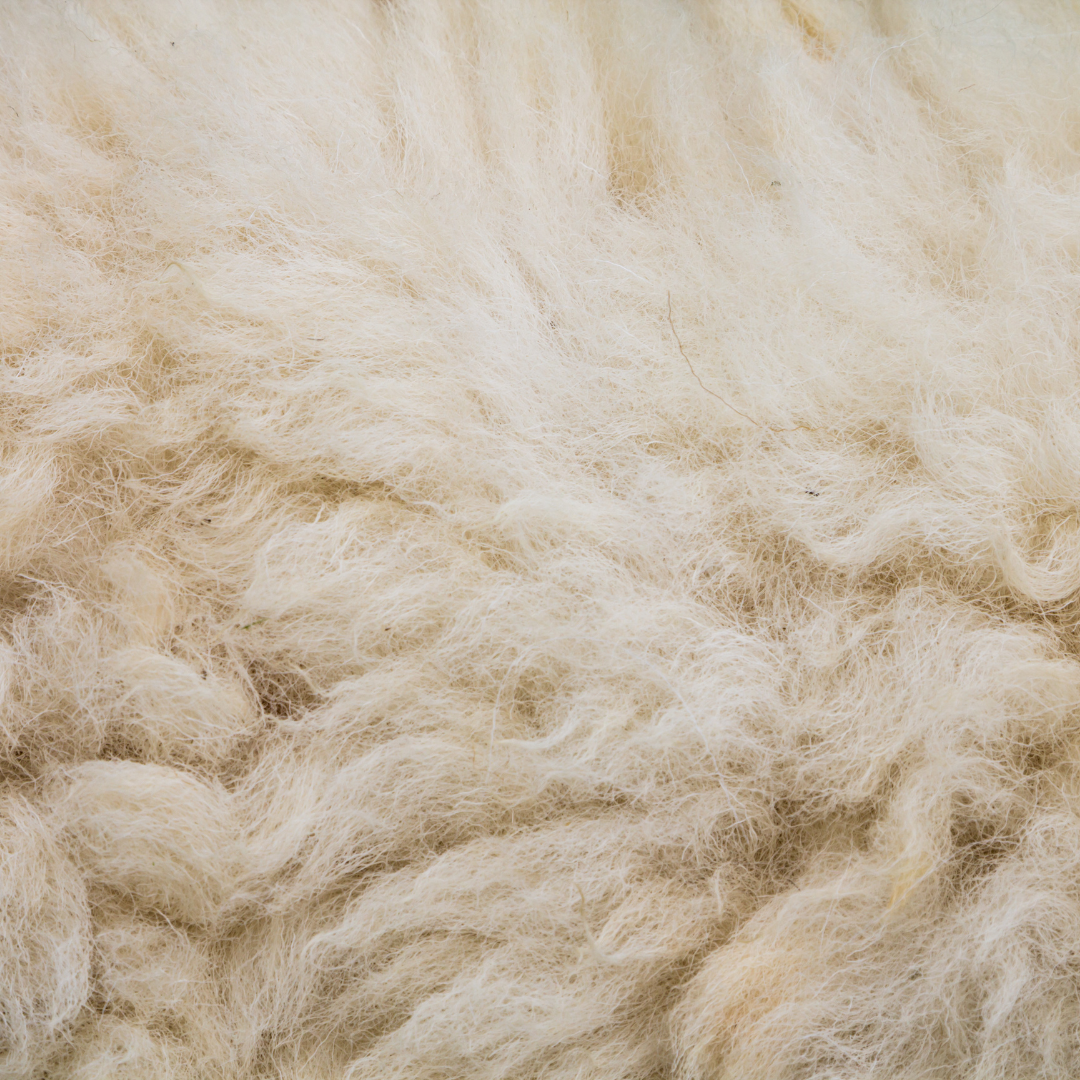
Shell/Rain Jacket
These types of jackets are normally lightweight and perfect for when you need to be shielded from the changing weather.
You can pop one in your backpack and get it out as and when you need it without having to lug around a massive waterproof jacket that might not be needed.
It is important that you find one that is of good quality, no matter how light it is, you still need the protection, so search outdoor apparel shops and check out what waterproof materials they have to see if it will be right for you when you hike.
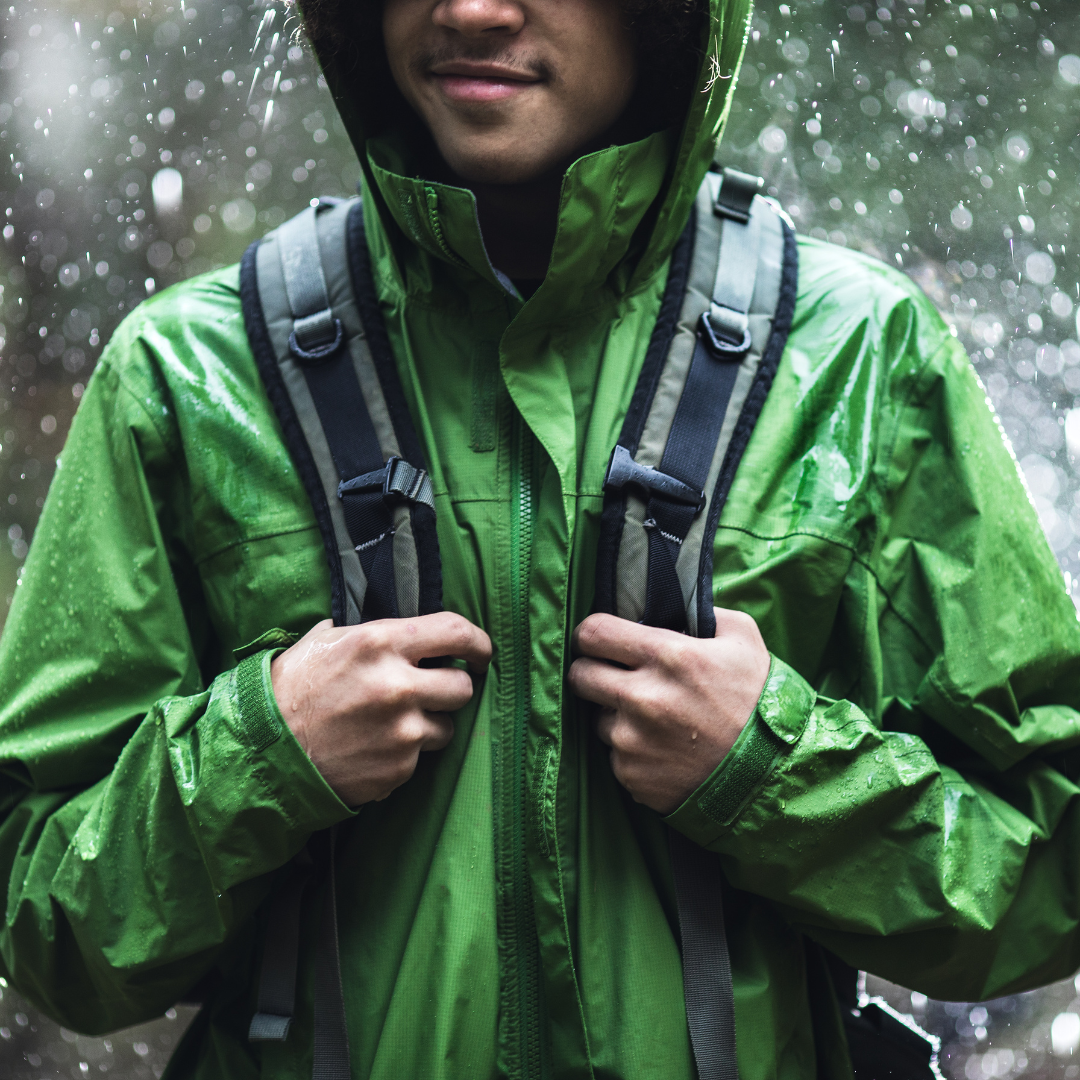
Hiking Pants
If you prefer pants to shorts when you are going hiking, then you are going to need some that will do everything and more when you are out on the trails.
Quite a lot of genuine hiking pants are made to be comfortable for all seasons, so you should be able to find some that will work for you no matter what time of the year you go.
When choosing your pants, you need to find ones that fit you the way you need, for example, if you are using base layers for your hike, you may have thermal leggings underneath, which can cause pants to feel tighter with this extra layer, so you will probably need a size up.
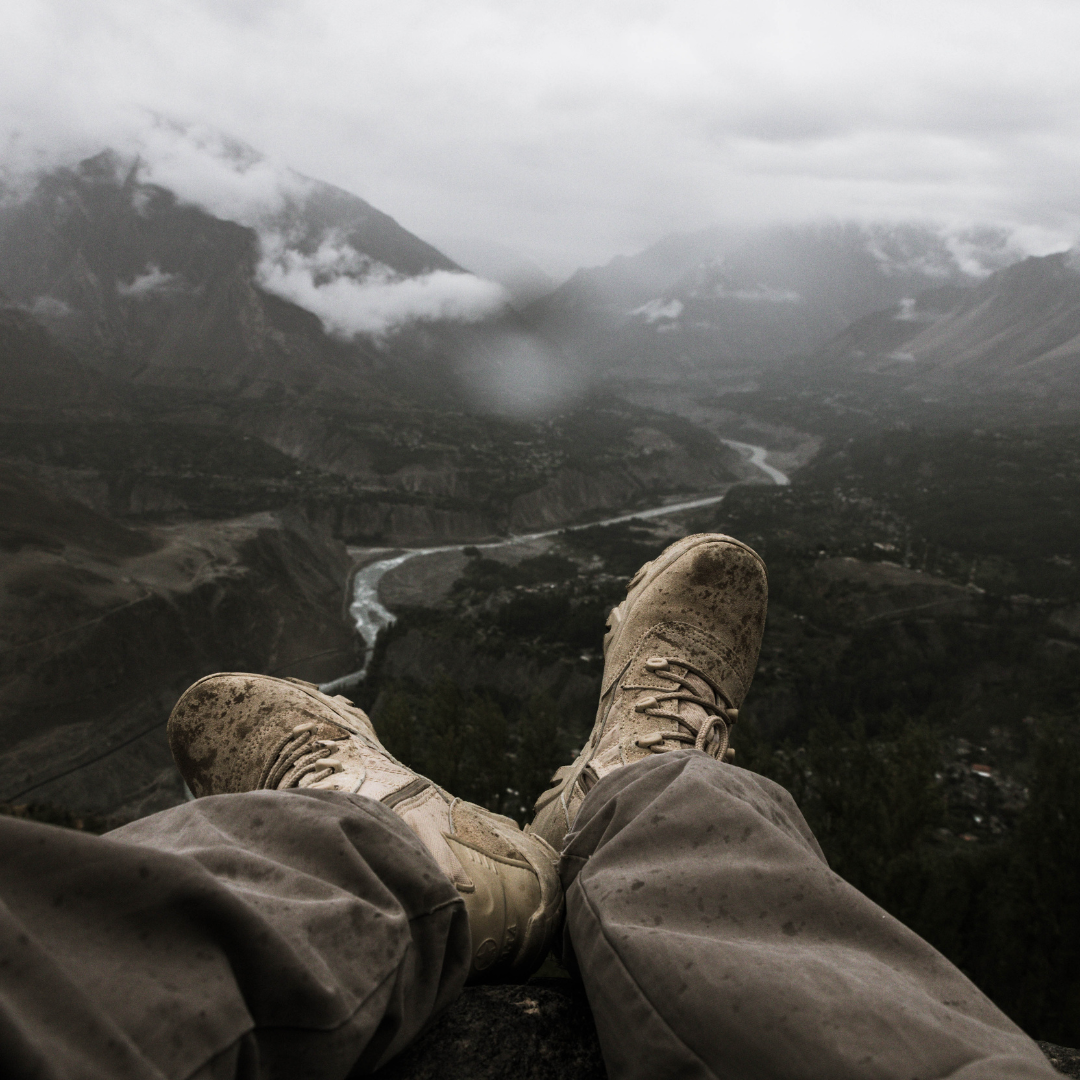
Leggings
As mentioned before, leggings can be a good addition to hiking as they will keep you warm on colder days.
You can wear them alone if you do not want to wear pants, however, that wouldn’t be ideal when it is cold or rainy, but just like hiking pants, you can find leggings that suit different types of weather so they may just be right for you.
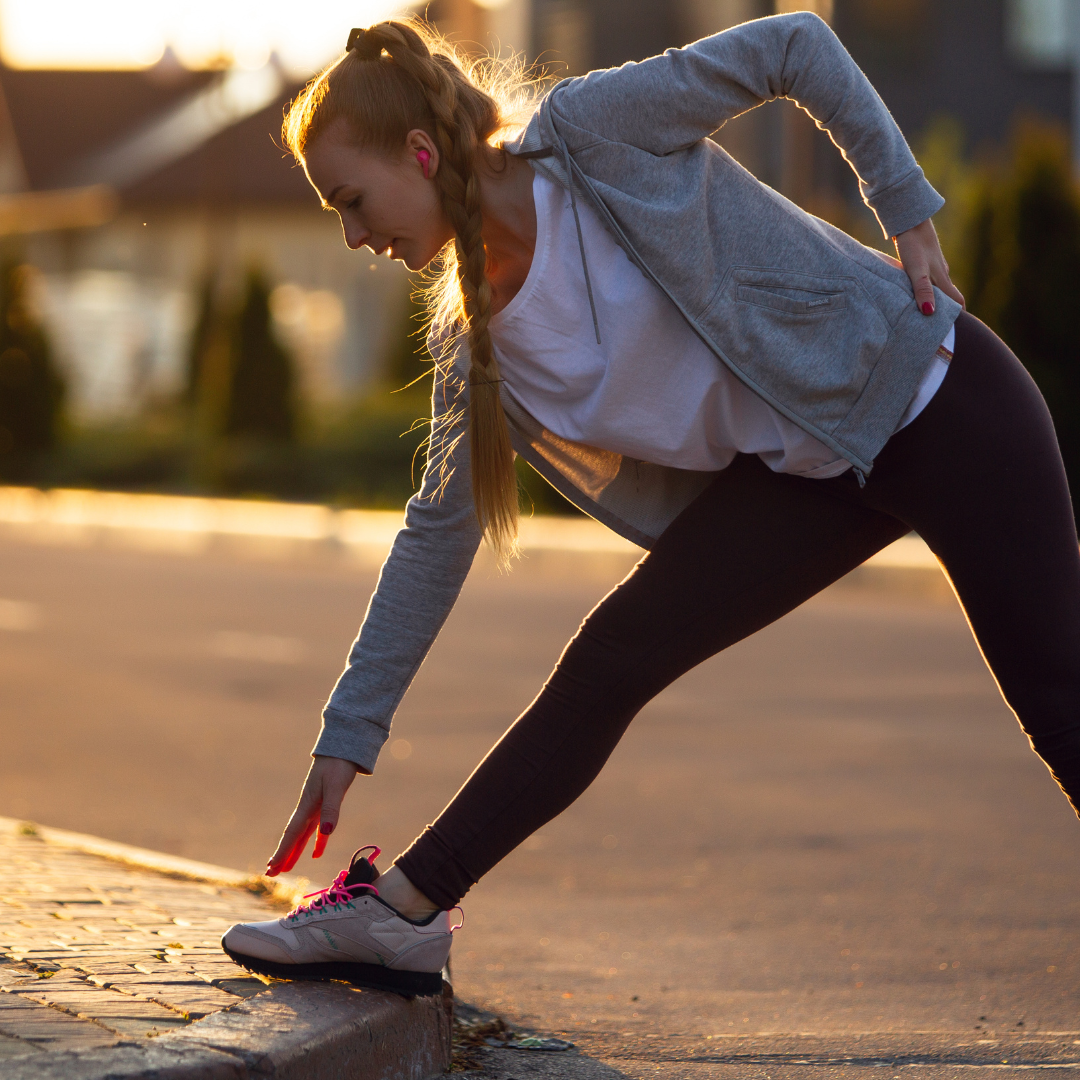
Hiking Footwear
What you wear on your feet is just as important as your clothes. Your feet are getting you to where you need to go, so don’t neglect them.
You may be comfortable with good old-fashioned hiking boots or maybe you would prefer wearing trail runners instead, whichever one you go for, it is important to try them out and see how you fare.
Think About The Weather
Once again the weather is going to help you make your decision about what shoes you are going to need when out hiking.
If you know that it is going to rain or you plan on going on winter hikes, then waterproof boots would be a better option for you, plus, they are darn tough and will keep your feet dry and warm.

Hiking Accessories
The core things that you need to wear are very important, but there are accessories out there that you need to think about too so you can make sure you are ready to tackle anything that the hiking trail has to offer.
Gloves
Lightweight gloves are a perfect addition to your hiking outfit. Just because they are not thick and heavy does not mean they won’t keep your hands warm.
However, if you have all-year-round cold hands, then opting for mittens instead might be the right choice for you. If you plan on hiking in places that are quite cold most of the year, you will need to think ahead for this, so men’s and women’s heated gloves will potentially be your best bet at keeping those hands toasty and your mind off the cold temperatures.
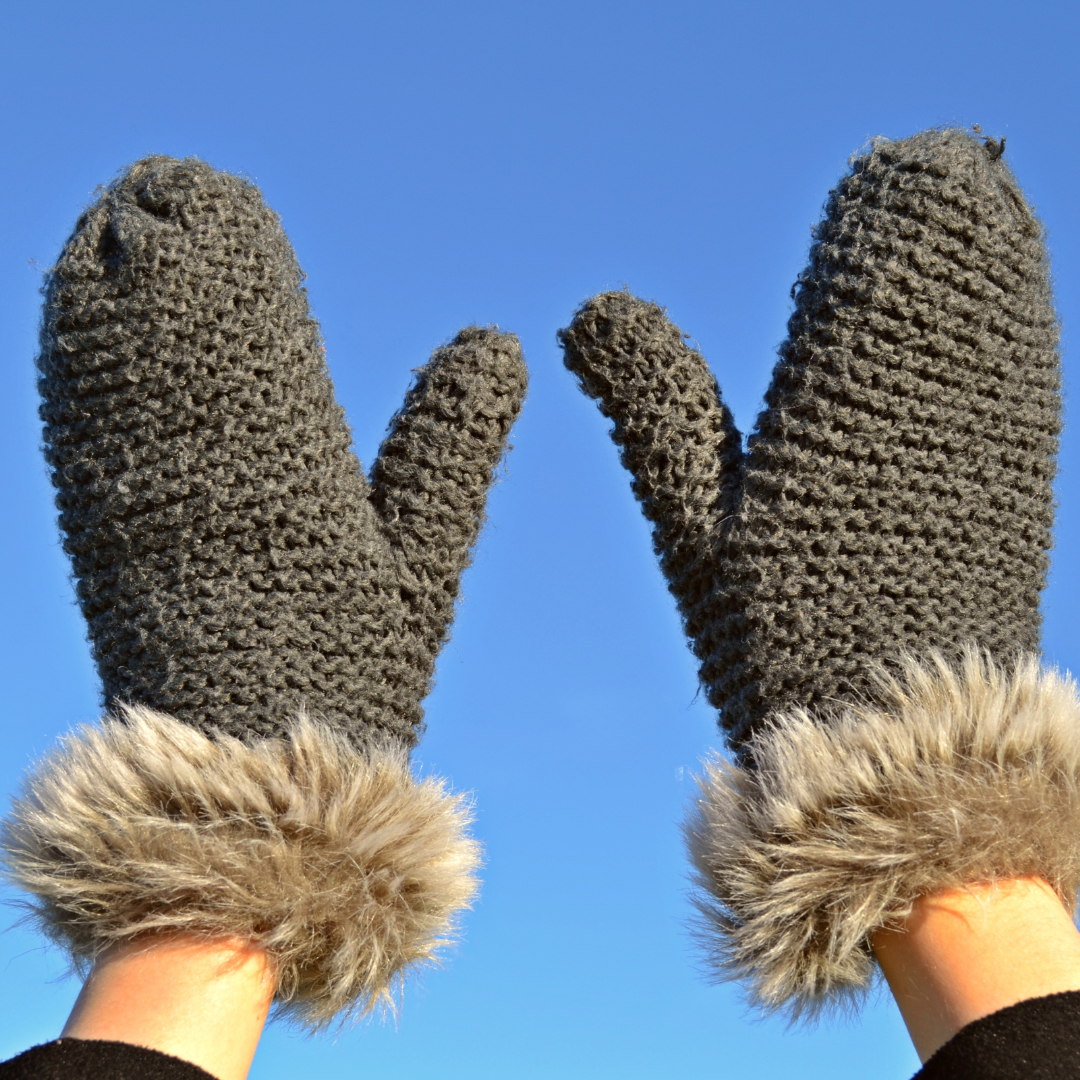
Hats
Sun hats, baseball hats, rain hats, etc., either will protect your head from whatever the weather throws at you, so keep that in mind before leaving your house, you may need a hat just in case.
Keep it in your backpack or place it on your head at all times.
It will shield the sun’s rays when it gets too sunny and it will add some warmth to your head if it starts to get chilly again.
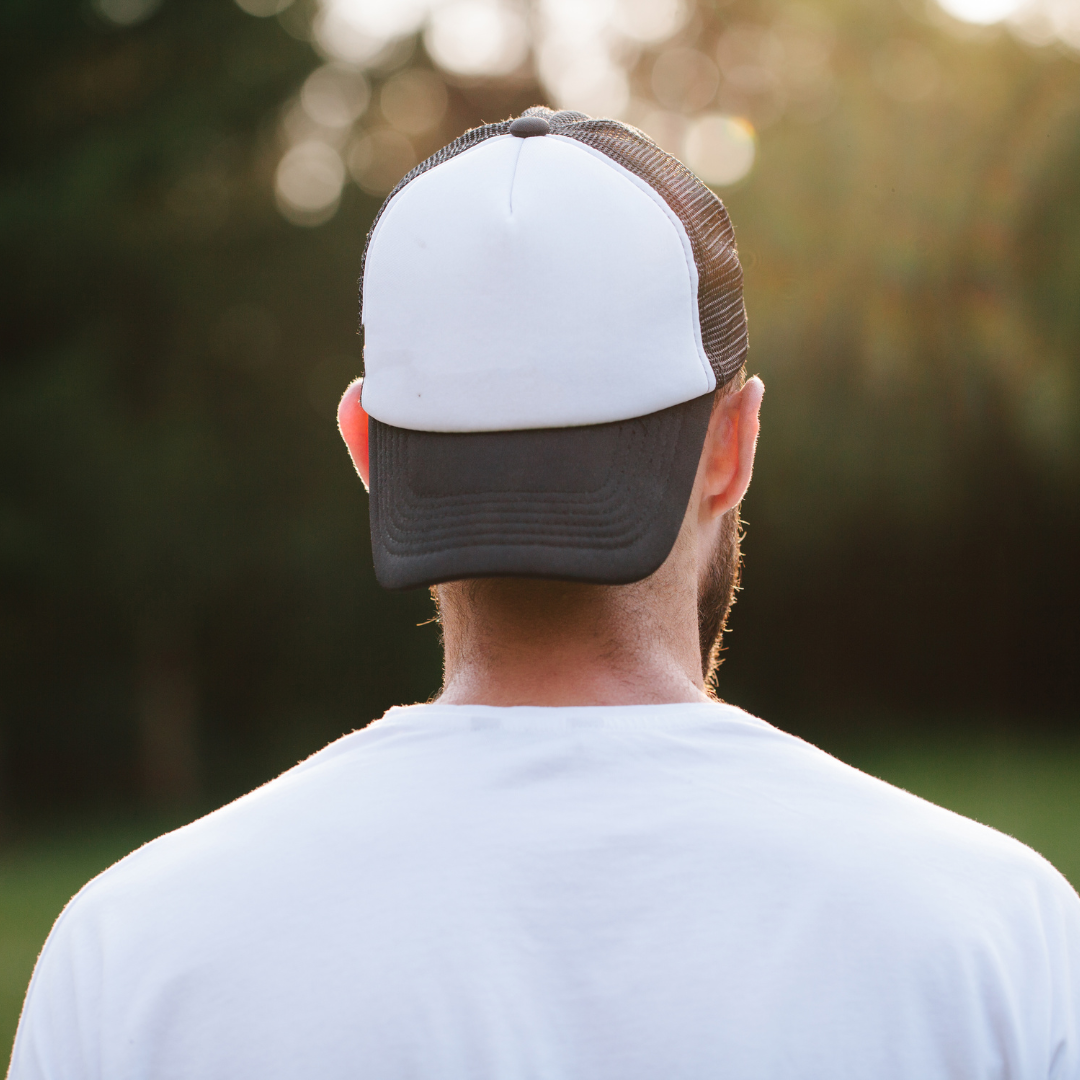
Ankle and Neck Protection
Also known as gaiters, this type of protection can be used in hot and cold weather.
Neck gaiters are important for protecting you from UV rays as well as soaking up any sweat, whilst ankle gaiters are good at keeping dust and rocks away from your ankles and getting into your shoes.
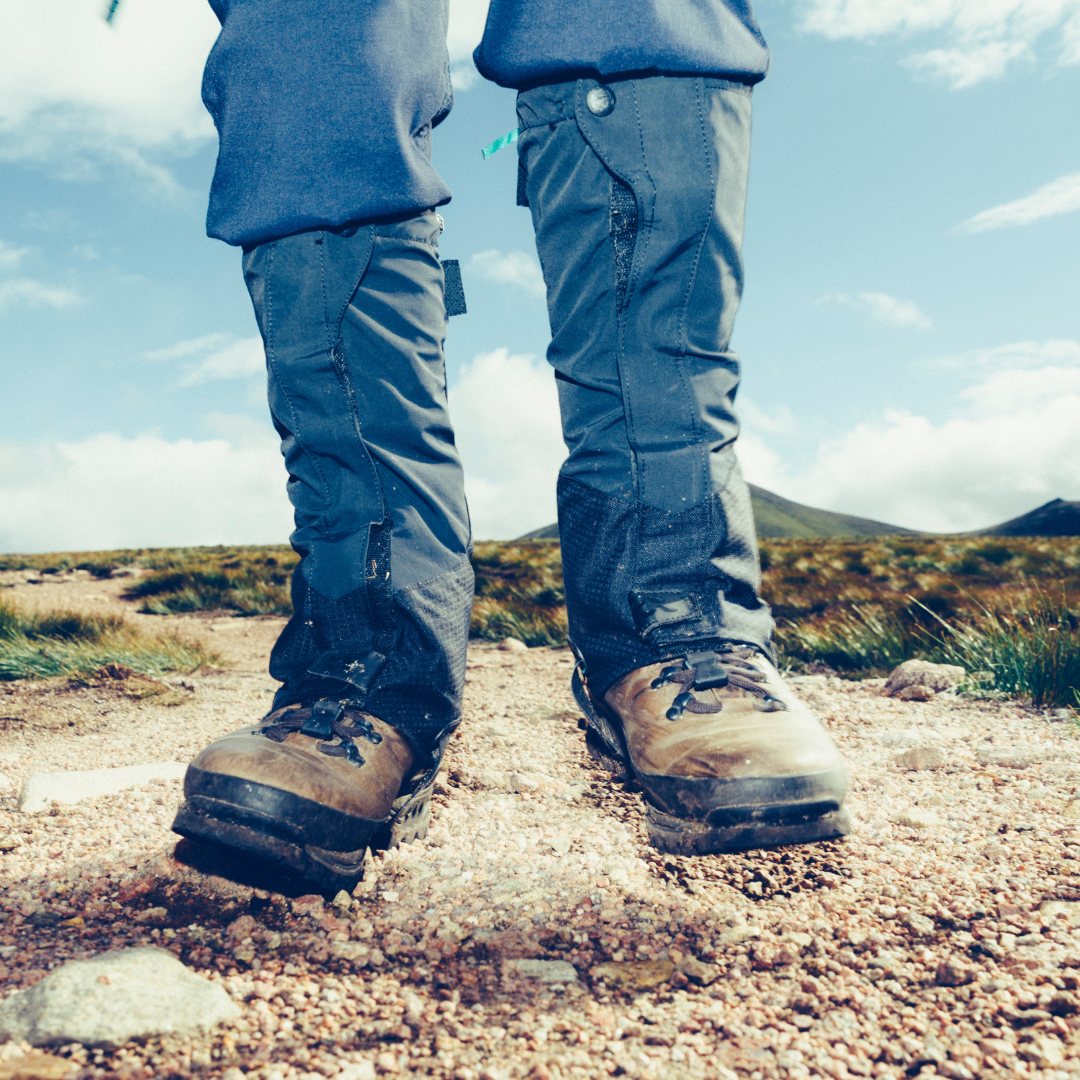
Conclusion
As we come to the end of this article, hopefully, you have understood what to wear for hiking and backpacking trips and you are happy with deciding what would be best for you when you set off.
Hiking is meant to be a fun and challenging experience for you to have.
Yes, it can turn out to be quite expensive if you do have to buy a lot to make sure you are well-equipped. But if you plan on making this a regular thing, it more than likely is worth it.
